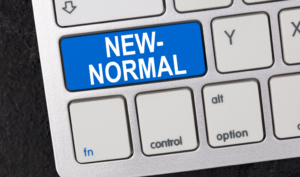
Brushing Up on Your Leadership Skills for the Post-Pandemic Workplace
The worst of the COVID-19 pandemic is finally starting to come to an end. Because of this, many companies are re-opening their brick-and-mortar offices. Employees

The worst of the COVID-19 pandemic is finally starting to come to an end. Because of this, many companies are re-opening their brick-and-mortar offices. Employees

More than a year after the COVID-19 pandemic first upended work and life, business owners, HR leaders, and workers are continuing to adjust to an

The pandemic taught us a lot about ourselves. Like how many of us don’t need to go into an office to be productive. That flexibility

Eighty percent of employees say they want to work from home at least part-time. And three in four consider remote work the “new normal.” In

Is the nine-to-five workday still feasible? For some companies and some people, sure. But at an accelerated pace, COVID-19 has altered how, where and when